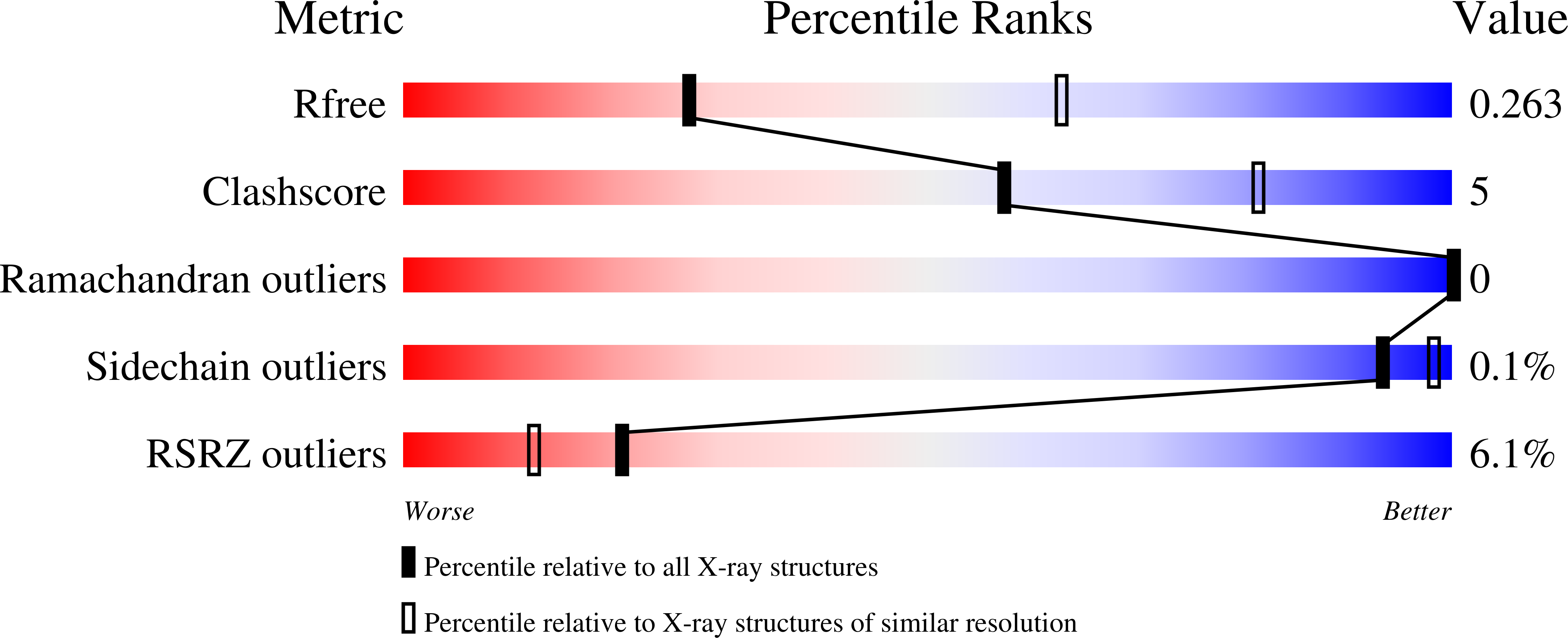
Deposition Date
2021-05-21
Release Date
2022-06-29
Last Version Date
2024-10-23
Entry Detail
PDB ID:
7MYJ
Keywords:
Title:
Structure of full length human AMPK (a2b1g1) in complex with a small molecule activator MSG011
Biological Source:
Source Organism:
Homo sapiens (Taxon ID: 9606)
Host Organism:
Method Details:
Experimental Method:
Resolution:
2.95 Å
R-Value Free:
0.24
R-Value Work:
0.21
R-Value Observed:
0.21
Space Group:
P 1 21 1


